While the Oculus, Vive and Playstation VR all watch to your attention, there’s a more straightforward virtual reality choice. Using a smartphone and VR headset, you can play games, watch videos and view 360 pictures. The options range very expensively to very very affordable. So what do you need to purchase and what features are essential?
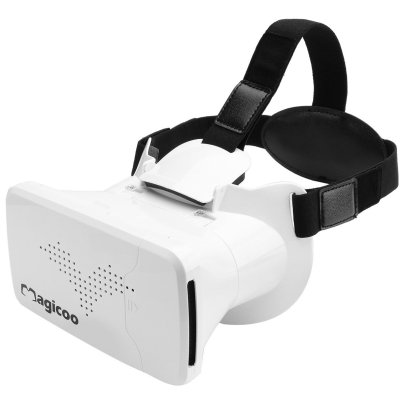 VR does not have to be complicated to succeed – only watching 360 videos or viewing pictures is sufficient to wow someone new to virtual reality.
VR does not have to be complicated to succeed – only watching 360 videos or viewing pictures is sufficient to wow someone new to virtual reality.
YouTube and Facebook support 360 videos, while the latter only updated also to manage 360 images. There are also currently a range of 360-degree consumer cameras out there. All you need is a smartphone, a VR headset, and internet access. There are also VR games out there. There are tons of cheap headsets available, but not all give the identical experience. Other more expensive options like the Samsung Gear VR are more expensive but provide more opportunities.
In our experience, having an adjustable focus is vital to get a sharp picture, and we wouldn’t purchase a VR viewer without. There are two primary choices – adjustable pupil width, and adjustable focus. Most economical plastic VR headsets have adjustable student width, which is required to guarantee each eye is seeing the picture straight on. Without student adjustment, you generally see a double image.
Cardboard VR headsets can have the lens set the ideal space, but are not usually accessible to fix. The focal length adjustment ensures that the lens and display are the perfect distance from each other, and your eyes. With no focus adjustment, the picture is typically somewhat soft.
Glasses, If you wear glasses, many VR viewers do not fit over the top very well, or can be uncomfortable for extended use. Search for models that specifically advertise that they utilize glasses. Focus can also be a problem – though, for many users, the focal adjustment can be sufficient to eliminate the glasses. VR headsets will need to hold the smartphone set up really, and there are a couple of various arrangements.
Most common is car mount design adjustable gripper, which can manage a selection of sizes, and provide precise placement. These work reasonably well with a variety of telephones, but can not always accommodate cases. Cheaper headsets often eliminate this and utilize an array of suction cups. It works reasonably well with the ideal phone, but many won’t remain in place. A cheap, smooth, supported polycarbonate phone can help. Other methods include specific slot loading mounts, or for the very cheap ones, secure cardboard flaps or rubber bands. Just about any telephone released in the past few years is perfectly capable of displaying 360-degree video and photographs.
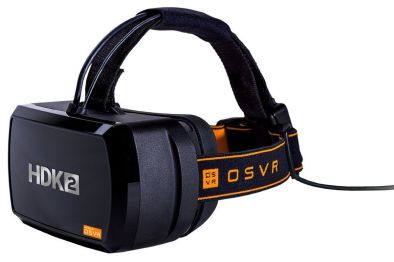 For gambling, a more effective model may be required, but even then you may be surprised at how well older phones operate. A higher resolution display is best, in addition to a 5 inch or larger size. For very large telephones, double check it will fit within your audience of choice. VR headsets are made of cardboard or brushed plastic which mimics cardboard, or real full moulded plastic construction.
For gambling, a more effective model may be required, but even then you may be surprised at how well older phones operate. A higher resolution display is best, in addition to a 5 inch or larger size. For very large telephones, double check it will fit within your audience of choice. VR headsets are made of cardboard or brushed plastic which mimics cardboard, or real full moulded plastic construction.
The inexpensive cardboard alternatives are great to mess around with, but for prolonged use, a suitable passed plastic version is best. Avoid the plastic versions of the cardboard audiences – they are not worth the cost increase compared to merely buying a moulded plastic version. Some VR headsets have a simple interface, like a single magnet’ button’. A better choice is to purchase a Bluetooth controller. Cheap versions start from about $10 and make a significant difference in using different programs.
VR Headsets, For those just starting out in VR, it can be well worth purchasing an el cheapo cardboard model to experiment with. If VR catches your attention (it will), upgrade to a better headset. The least expensive option available, Google Cardboard can be gotten for about $2.50 (including delivery) on eBay International.
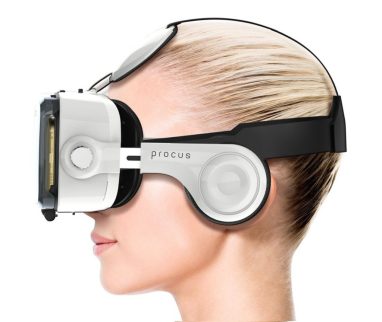 With restricted to no focal point adjustment, the image will not be as sharp as more sophisticated headsets. Expect to pay a bit more if you want things like head straps. While Google Cardboard works reasonably well, it isn’t exactly comfortable to use for extended periods. Preferably, it is better suited to displaying the technology to new users. Another option is to get the real lenses (for as little as $1) and build your variants. Jumping online, there are tons of plastic VR audiences, with all kinds of bizarre unknown brand names.
With restricted to no focal point adjustment, the image will not be as sharp as more sophisticated headsets. Expect to pay a bit more if you want things like head straps. While Google Cardboard works reasonably well, it isn’t exactly comfortable to use for extended periods. Preferably, it is better suited to displaying the technology to new users. Another option is to get the real lenses (for as little as $1) and build your variants. Jumping online, there are tons of plastic VR audiences, with all kinds of bizarre unknown brand names.
The thing is, the majority of them have just rebranded versions of the identical thing. As always, search for models that have both student and focal adjustments. A fantastic model to start with is your VR BOX 2.0. The headset has both student and focal alterations and is often shipped with a control.
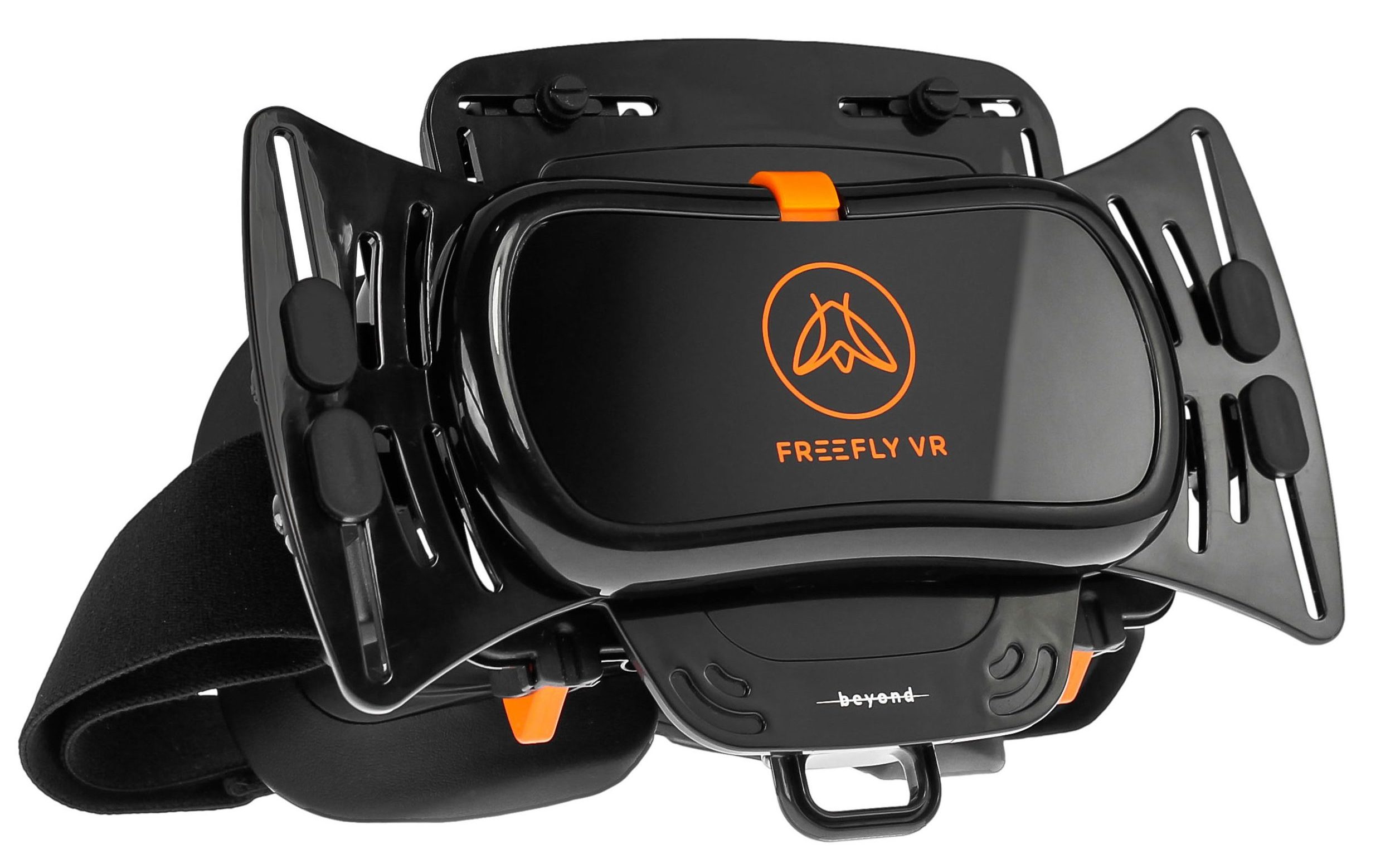


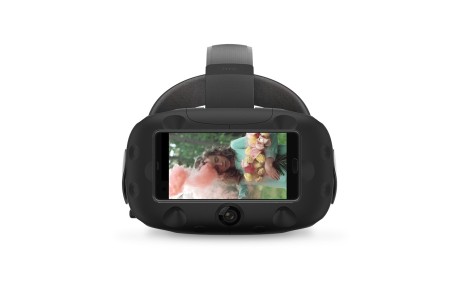 It is not the most technologically innovative headset out there. That is the HTC Vive. A plug from the plethora of mandatory peripherals, throw on the headset, and suddenly, you are transported to a holodeck space straight out of Star Trek. The Vive’s controls give subtle haptic feedback that meshes seamlessly with your visual experience. You tap a balloon at a match, and you can feel it jump off the end of your control. If you find a hill in the distance, you can increase there–you won’t need to worry about breaking your neck on a fallen tree limb or stubbing your toe on a stone. (Though, you should be wary of items in the space you have ID’d as your VR space.
It is not the most technologically innovative headset out there. That is the HTC Vive. A plug from the plethora of mandatory peripherals, throw on the headset, and suddenly, you are transported to a holodeck space straight out of Star Trek. The Vive’s controls give subtle haptic feedback that meshes seamlessly with your visual experience. You tap a balloon at a match, and you can feel it jump off the end of your control. If you find a hill in the distance, you can increase there–you won’t need to worry about breaking your neck on a fallen tree limb or stubbing your toe on a stone. (Though, you should be wary of items in the space you have ID’d as your VR space.
You must be logged in to post a comment.